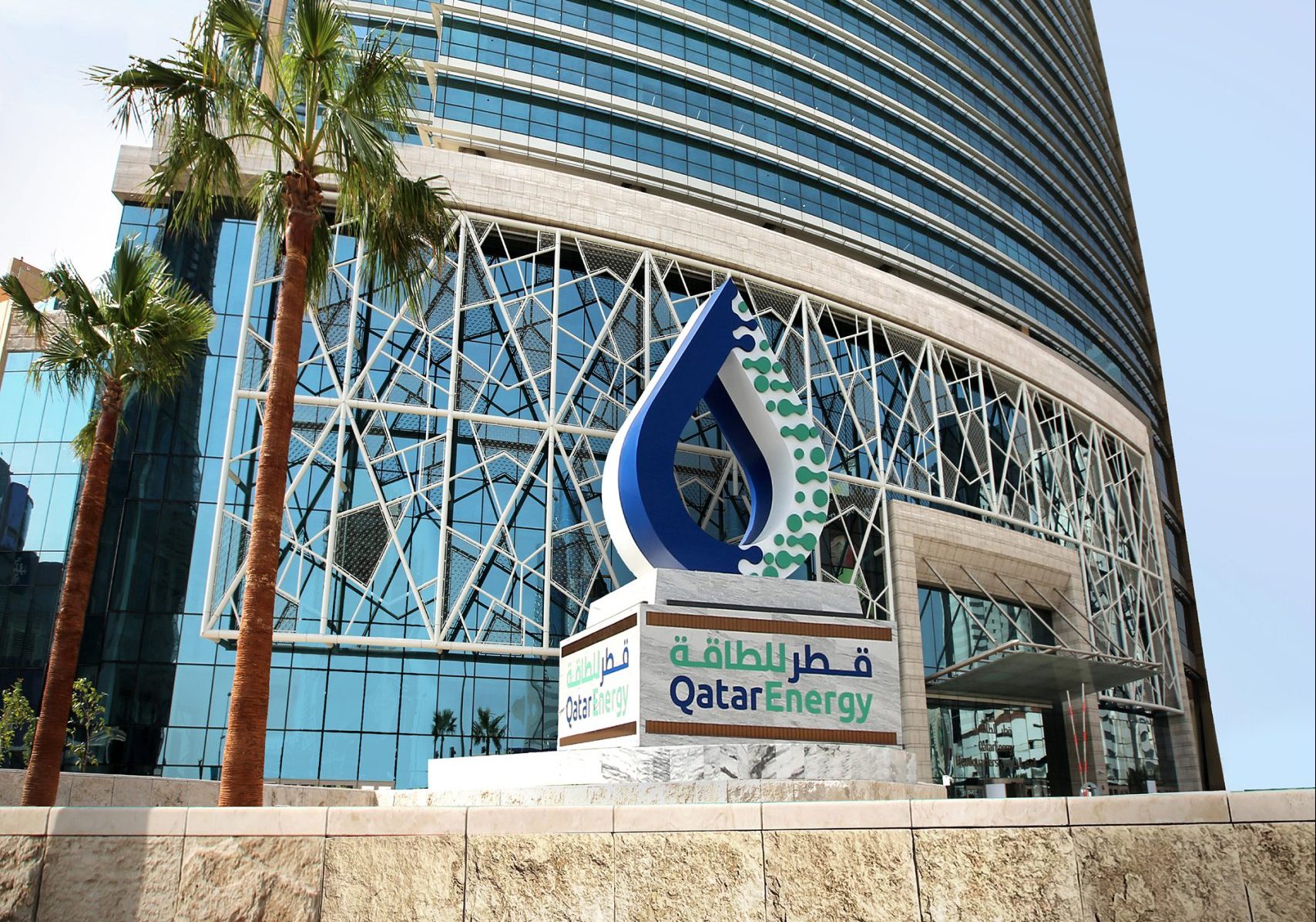
Qatar residents will start paying less for more than 350 types of drugs sold in pharmacies later this month when new, government-mandated prices come into effect.
This summer, the Supreme Council of Health issued a memo to pharmacies that included a 27-page price schedule with new wholesale and retail rates for various drugs.
Pharmacists say the government already sets the prices for drugs in Qatar, meaning one should pay the same amount to fill a prescription at every dispensary in the country. The new rates are reportedly intended to standardize drug prices across the GCC.
The change is good news for consumers in Qatar, where official statistics pegged the annualized increase in the cost of living at 3.1 percent in July.
However, pharmacies will be forced to sell the drugs already purchased from suppliers at the old, higher rates at a loss. This could translate into a significant financial hit for those businesses with large inventories.
“We’re going to lose a lot of money,” said one Al Sadd pharmacist, standing in front of a row of shelves containing hundreds of drug boxes.
“The owner – he’s probably crying right now.”
What’s changing
The new rates are to come into effect on Sept. 22. Skimming through the new price schedule, some drug prices appear set to decline by a negligible amount while the cost of others will drop by roughly three-quarters.
Some examples of the new prices include:
- Aspirin (30 tablets, 100 mg): QR3.75, down from QR6.50;
- Crestor, used for lowering cholesterol (28 tablets, 10 mg): QR104.25, down from QR129;
- Zyloric, used to prevent gout and kidney ailments (28 tablets, 300 mg): QR18.75, down from QR87;
- Baby and infant Panadol (100 mL bottle): QR6.25, down from QR13.75
- Tenormin, used to address high blood pressure (28 tablets, 50 mg): QR30.50, down from QR60;
- Tenoretic, used to address high blood pressure (28 tablets, 25 mg and 100 mg): QR52.75, down from QR67.
The new rules also include set wholesale prices for suppliers. For example, the box of Tenoretic will be sold to pharmacies for QR43.29, while Crestor will be provided at a cost of QR85.47.
A small sample of rates shared with Doha News showed that pharmacies will keep between roughly 18 and 19 dirhams for every riyal in pharmaceutical sales under the new rates.
Several pharmacists said their profit margins would remain roughly unchanged, although the Peninsula reported they would increase from the current 10 percent.
Consumers, however, will see significant savings – something one pharmacist said could result in some people taking better care of their health.
“This will be very good for customers, especially those with chronic conditions. Prices can be very high in Qatar compared to places like Saudi Arabia.
“It will also be good for people who don’t have insurance,” said Mahmoud Gad, an employee at Al Safa Pharmacy.
He added that lower-income workers who may have not been able to afford medication in the past will now be more inclined to speak to a pharmacist and treat their ailments.
While Gad said Al Safa Pharmacy will likely clear out most of its older, higher-priced supplies before the new rates come into effect later this month, other businesses are not so lucky.
An employee at another Al Sadd pharmacy, who declined to give her name, said her business still had significant supplies.
“We have a lot of stock. These are (drugs) we bought from suppliers at the old price. We stand to lose a lot of money,” she said.
She added that she hopes the Supreme Council of Health will push back the implementation date to give businesses such as hers more time to clear their stock.
Gad said the upcoming changes will affect the prices of some 350 to 400 types and dosages of drugs. He said another round of price revisions is expected in roughly three months time.
Thoughts?







